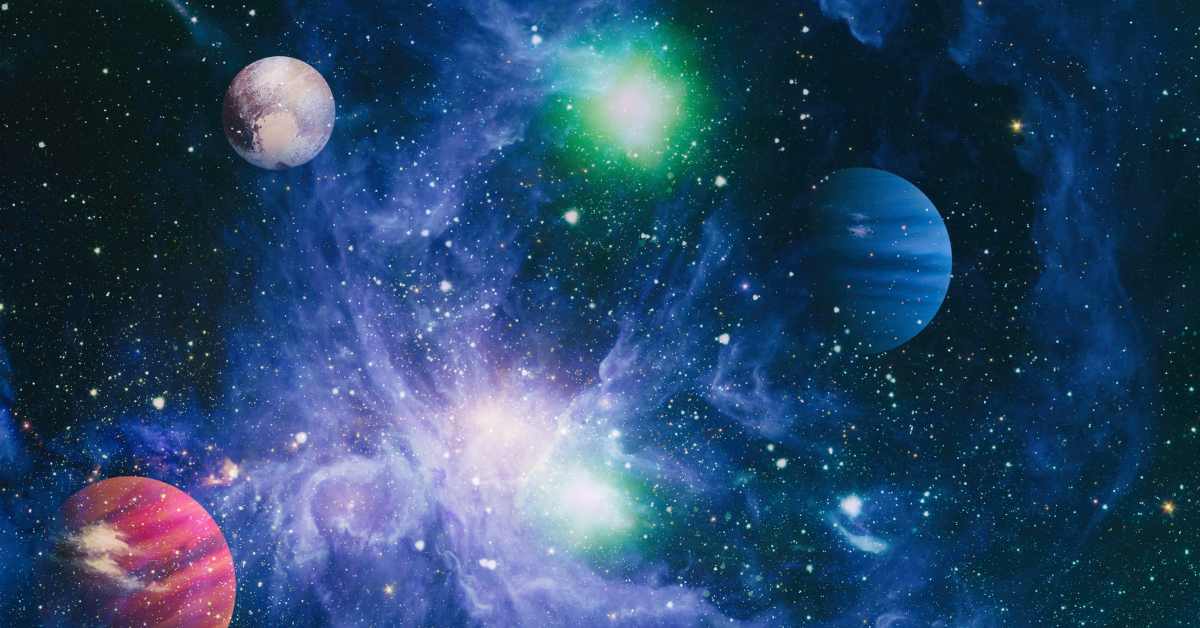Astro Boy, created by Osamu Tezuka, was Japan’s first long-running TV anime and became a cornerstone of modern Japanese pop culture. While known internationally as “ASTRO BOY”, in Japan it remains a cultural icon, a symbol of hope for technological progress, and a source of moral reflection. This article explores how Japanese people perceive Astro Boy, from nostalgic affection to its role in education and tourism.
Astro Boy’s Place in Japan
Astro Boy is not just an anime character but a historical part of Japanese culture. When it first aired in 1963, Japan was in the midst of rapid economic growth, and optimism about technological progress was high. The series’ theme of “coexistence between humans and robots” gave many people hope for the future. Far from being a simple adventure, its stories addressed universal themes like discrimination and the value of life, prompting reflection among adults as well as delight among children.
| Year | Event | Meaning in Japanese Society |
|---|---|---|
| 1963 | TV broadcast begins | Establishes the foundation of Japan’s anime industry |
| 1980 | Color version airs | Reaches a new generation |
| 2003 | New adaptation | Updates ethical and scientific themes for the 21st century |
| Today | Used in education and tourism | Preserved as a cultural asset |
Why Japanese People Love Astro Boy
For Japanese people, Astro Boy’s appeal rests on foresight, morality, and approachability.
| Appeal Factor | Description | Social Impact |
|---|---|---|
| Technological foresight | Depicted coexistence with robots and AI decades ahead of reality | Encouraged interest in science education |
| Moral themes | Addressed prejudice and the sanctity of life for children | Used as educational material on ethics |
| Friendly design | Rounded shapes and iconic hairstyle | Loved across generations |
In particular, Japanese audiences see Astro Boy as “a figure who made them believe in the future”, influencing career paths in science and technology.
Generational Perceptions
Astro Boy’s evaluation varies slightly across generations, but a shared longing for the future connects them.
| Generation | Point of Contact | Main Impression |
|---|---|---|
| Original broadcast generation | Viewed on black-and-white TV | Excitement for the coming age of science |
| Rerun generation | Color version and manga volumes | Recognition as a nostalgic masterpiece |
| Modern youth | Education, tourism, and brand collaborations | Symbol of Japanese culture |
Because it is passed down across generations, Astro Boy serves as a medium through which values are shared from parents to children and grandparents to grandchildren.
Cultural Role in Japan
Astro Boy frequently appears in regional revitalization and educational campaigns. It contributes to tourism, events, and the promotion of science and technology.
| Field of Use | Examples |
|---|---|
| Tourism | Statues and monuments in related locations |
| Science promotion | Used in science museums to teach AI and robotics |
| Commercial expansion | Designs for corporate collaboration products |
| International exchange | Appears at overseas events as a symbol of Japanese culture |
In this way, Astro Boy goes beyond being just a work of fiction and has become a part of Japan’s soft power.
Values Behind the Japanese Evaluation
Astro Boy’s continued popularity reflects distinctly Japanese values.
| Value | Meaning |
|---|---|
| Balance of technology and ethics | Portrays progress alongside responsibility |
| Creativity and innovation | Introduced new anime production techniques |
| Humanism | Suggests that even machines can have a heart |
These values remain relevant today in the age of AI, and Astro Boy’s themes have not lost their power.
Re-evaluation in Modern Times
In recent years, as AI and robotics have advanced in Japan, Astro Boy’s story feels increasingly real. In educational settings and technology exhibitions, Astro Boy is often used to encourage discussions about balancing science with humanity. For foreign visitors, it serves as an entry point into understanding the roots of Japanese anime culture.
| Era | Connection to Technological Progress |
|---|---|
| 1960s | Robots as a dreamlike fantasy |
| 2000s | Robotics aimed at practical application |
| 2020s | Real-life challenges of AI-human coexistence |
Conclusion
In Japan, Astro Boy is a symbol of hope for the future and respect for humanity. Its evaluation transcends generations and eras, continuing to inspire people to think about science and ethics. While loved overseas as “ASTRO BOY,” in its homeland it remains an enduring character, active in culture, education, and tourism.






